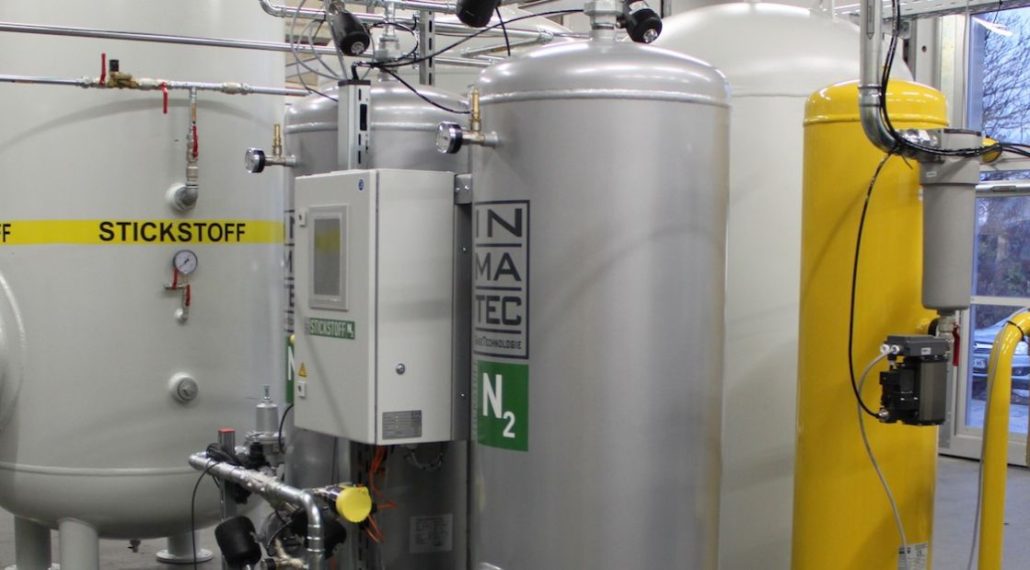Liquefied Petroleum Gas
Application
LPG’s versatility makes it a critical fuel across multiple sectors:
Domestic & Commercial Heating and Cooking
LPG is widely used for central heating, hot water, and gas cooking in homes, restaurants, and businesses — especially in areas not connected to natural gas grids.
Autogas (Vehicle Fuel)
LPG is used as an alternative automotive fuel (autogas), providing cleaner combustion than petrol or diesel. It powers fleets of taxis, delivery vans, and some private vehicles across Europe.
Performance & Advantages
LPG is increasingly recognized as a low-emission transitional fuel — offering meaningful reductions in air pollution and greenhouse gases compared to conventional fossil fuels.
Lower Carbon Emissions
LPG emits 15–25% less CO₂ than diesel or heavy fuel oil in equivalent energy applications.
Significant Indoor Air Quality Benefits
Switching from solid fuels (like wood or coal) to LPG in cooking and heating can reduce indoor air pollution by up to 90%, greatly improving respiratory health, especially in developing areas.
Overview & Production
Anyone who produces or processes oil and gas requires nitrogen – be it for avoiding explosions or for treating and de-oiling formation water. To ensure an uninterrupted supply, it can be worthwhile to produce such gas on-site using nitrogen generators. Two examples from Russia and Austria attest to this. Nitrogen plays an important role in the treatment of formation water in various processes. It not only serves as an inert gas to prevent explosions, but also aids various processes for purifying the formation water as a process gas. The formation water treatment plant in Schönkirchen purifies the water in a three-stage process. The nitrogen overlay excludes oxygen and, consequently, prevents the biological activity of microorganisms as well as corrosion in plant components. This increases the reliability of the plant, which is intended to achieve an availability of 99.9%. In the flotation cell of the plant, mixed nitrogen bubbles also lift artificially generated flakes of oil particles and polymers to the surface.

Distribution
At Zeeland Refinery, LPG is stored in pressurized storage systems before being delivered to customers via:
Bulk tanker trucks
Pressurized cylinders (bottled gas)
Pipeline (for industrial-scale or regional use)
A large portion of our LPG production — part of the 11.5 million tonnes of annual output — is exported via the Van Cittershaven port, with Belgium as the primary destination, followed by other European markets.
Key Facts Summary
| Attribute | Detail |
|---|---|
| Composition | Propane (C₃H₈) & Butane (C₄H₁₀) |
| Energy content | ~46.1 MJ/kg |
| Sulfur content | Negligible |
| Main uses | Heating, cooking, autogas, feedstock |
| Environmental benefit | Lower CO₂, NOₓ, PM vs. diesel/fuel oil |
| Export hub | Van Cittershaven |
| Major markets | Belgium, Netherlands, Germany |
